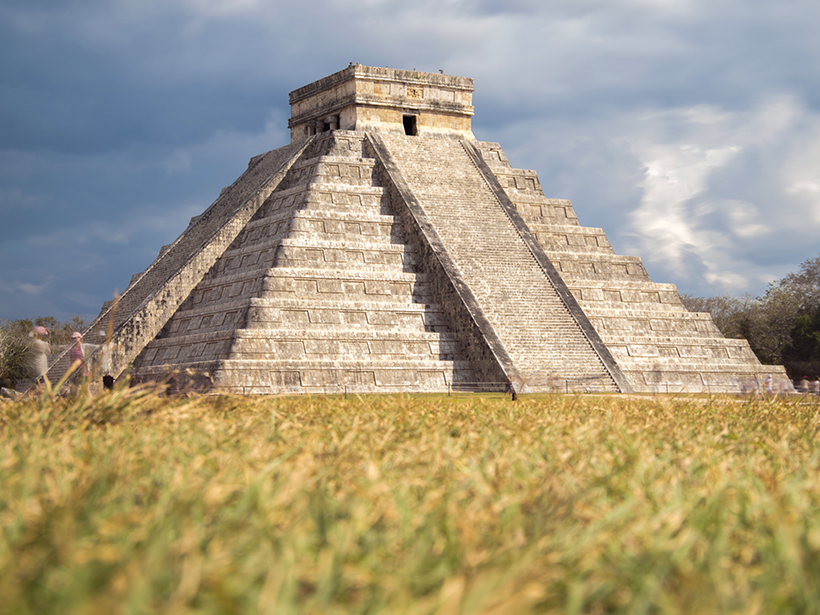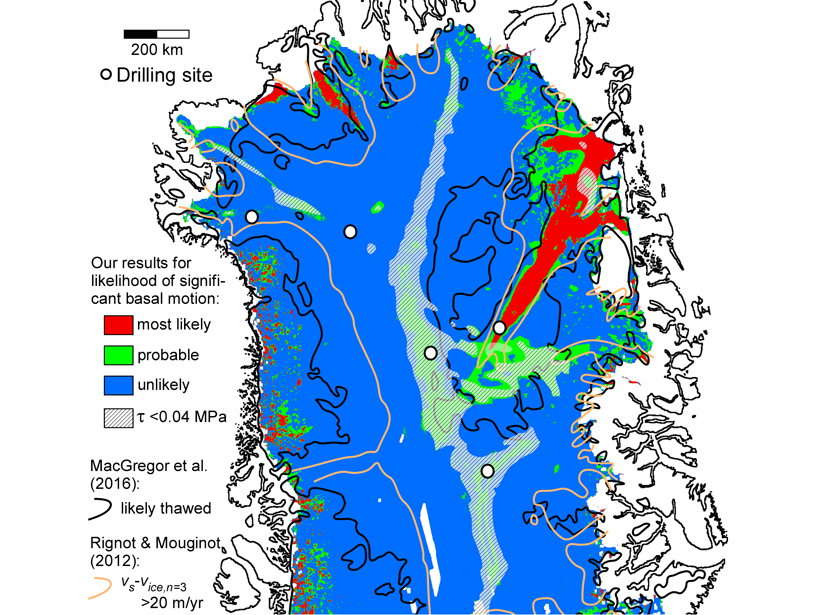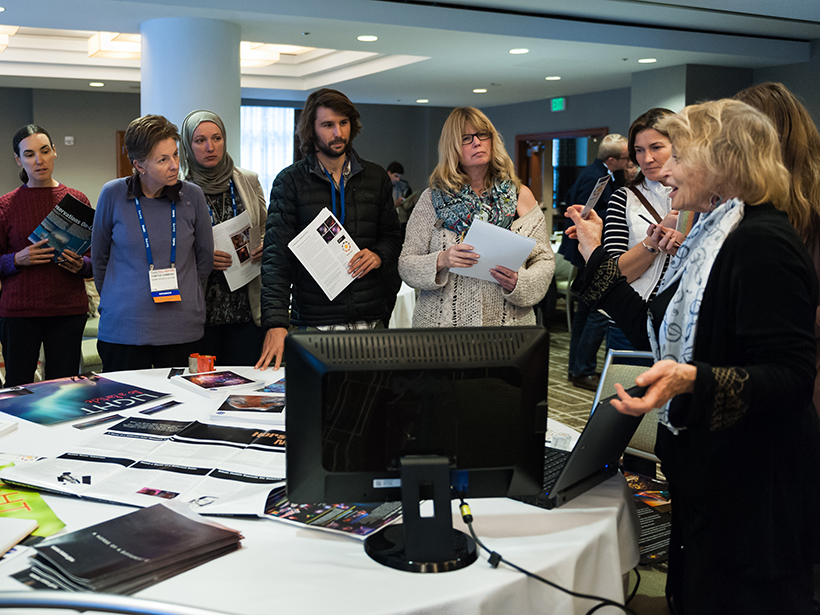Report on the Eighth Annual GeoMIP Meeting; Zürich, Switzerland, 16–17 April 2018
CC BY-NC-ND 2018
How Two Massive Space Storms Zapped Alaska
New study reveals how space weather causes rapid fluctuations in Earth’s surface geomagnetic field.
Forecasting the Threat from the Sun
Ensemble techniques are opening a path toward space weather forecasts that give deeper understanding of the risk posed by each solar storm that approaches our planet.
U.S. Senate Reviews NASA’s Science Priorities
The search for life, developing flagship telescopes, partnering with the private sector, and maintaining Earth science programs should be top priorities for the space agency, say witnesses.
Seismic Sensors Record a Hurricane’s Roar
Newly installed infrasound sensors at a Global Seismographic Network station on Puerto Rico recorded the sounds of Hurricane Maria passing overhead.
Severe Drought May Have Helped Hasten Ancient Maya’s Collapse
Chemical signatures from sediments in lake cores reveal that the centuries-long drought during the fall of Classic Maya civilization was worse than researchers had imagined.
Rising Seas Increase Methane Emissions from the Mouths of Rivers
Drowned river deltas exhale large quantities of greenhouse gas, new study finds.
Greenland Basal Melting May Be Considerably Less Than We Think
New observations of surface ice velocity over northern Greenland challenge current assumptions used in ice sheet models to model the deformation mechanisms that govern ice flow.
AGU Announces New Education Section
The section will play an important role in developing a diverse, inclusive, and dynamic Earth and space science talent pool.
Scraping Bottom: Iceberg Scours Reveal North Atlantic Currents
A 3-D seismic analysis of Pleistocene iceberg gouges indicates that surface currents in the Norwegian Sea flowed northward and remained consistent during numerous glacial cycles.










